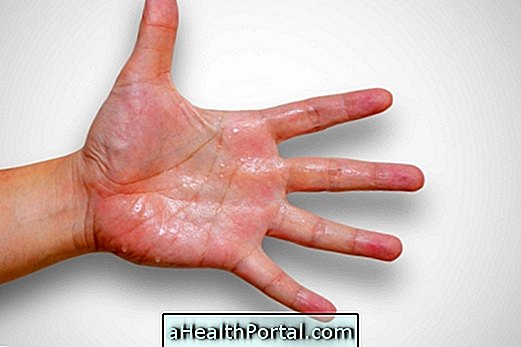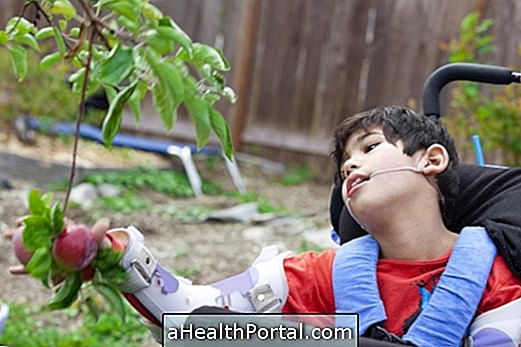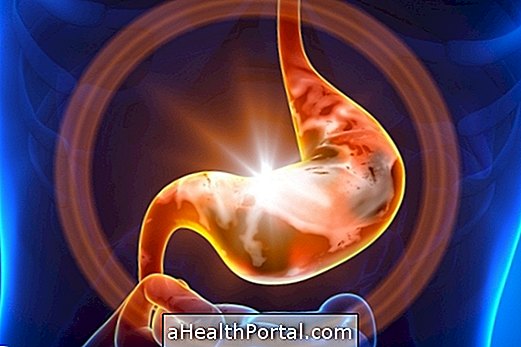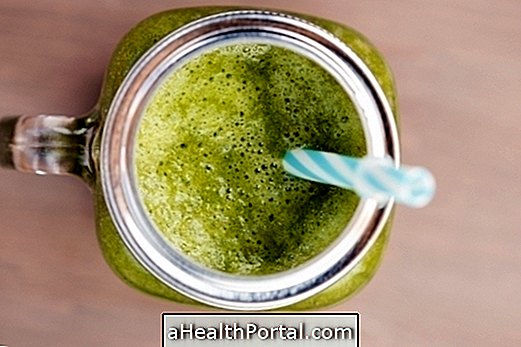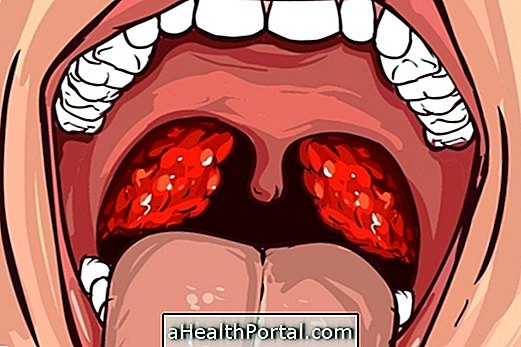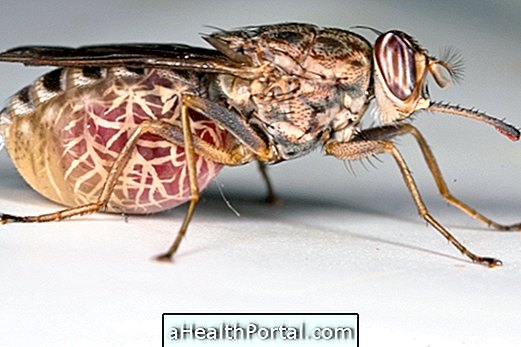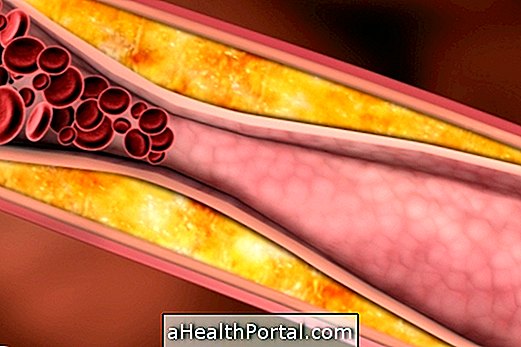The color of the stool, as well as their shape and consistency, usually reflect the quality of the food and, therefore, are closely related to the type of food ingested. However, changes in color may also indicate bowel problems or diseases, such as hepatitis or gastric ulcer, for example.
Generally, when the color is altered by food intake, it can remain so for up to 3 days. Therefore, if the change stays longer, it is important to consult a gastroenterologist to identify if there is a problem and initiate appropriate treatment if necessary.
See what changes in shape and consistency of stool can say about health.
1. Green stools

Green stools are most common when the bowel is working very fast and does not have enough time to properly digest bile, as it does during stressful situations or in irritable bowel attacks, for example.
In addition, the green color may also appear when you ingest many green vegetables, such as spinach, or when making iron supplementation.
- What to do: You should evaluate if there is an increased intake of green vegetables or if you are taking an iron remedy in your composition. If this is not the case, it is advisable to consult a gastroenterologist if the problem persists for more than 3 days.
2. Dark stools

Dark or black stools are usually accompanied by a smell that is much more foul-smelling than normal and can be a sign of healing somewhere along the digestive system due to ulcers or esophageal varices, for example. However, dark poo may also be produced by the use of iron supplements.
Learn what else can cause the appearance of dark stools.
- What to do: If you are not taking supplements or medicines with iron it is advisable to consult a gastroenterologist as soon as possible or go to the emergency room if other symptoms such as fever, excessive tiredness or vomiting arise.
3. Yellow stools

This type of poop is usually a sign of difficulty digesting fat and therefore may be related to problems that decrease intestinal absorption capacity, such as Celiac disease, or be caused by a lack of production of enzymes in the pancreas, which may indicate problems in this body.
In addition, yellow poop may also appear in the case of intestinal infections, being accompanied by other symptoms such as fever, diarrhea and tummy ache. Learn more about what can cause yellow stools.
- What to do: Be aware of other changes in stool characteristics, such as consistency and shape, and if the change lasts more than 3 days, it is recommended to consult a gastroenterologist to identify the problem and initiate appropriate treatment.
4. Reddish stools

This color of poop usually indicates the presence of blood and, therefore, is more frequent in situations of hemorrhoids, for example. However, bleeding can also occur due to infections, inflammatory problems such as Crohn's disease and ulcerative colitis or more serious diseases such as cancer.
See more about the causes of live red blood in the stool.
- What to do: It is recommended to go to the emergency room or consult a gastroenterologist immediately to diagnose the problem and start the appropriate treatment.
5. Clear stools

The clear or whitish feces arise when there is too much difficulty in the digestive system to digest fat and therefore are an important sign of problems in the liver or biliary tract. See 11 other symptoms that may indicate problems in the liver.
- What to do: It is advised to consult a gastroenterologist to make diagnostic tests, such as CT or ultrasound, diagnose the problem and start the appropriate treatment.
Change in stool color in baby
The baby's feces shortly after birth have a dark greenish color and a sticky, elastic texture called meconium. During the first days, the color becomes more greenish and then lighter, according to the amount of fat and water present in the milk that it takes. Generally, faeces are usually watery, with some lumps, remembering the appearance of ducks or chickens.
During the first 15 days it is common for infants to evacuate liquid stools 8 to 10 times a day, or every time they breastfeed. When the mother has constipation, it is possible for the child to pass more than a day without evacuating, but when the stool is evacuated, the stool should look the same with watery and lumps.
At 6 months, or when the baby begins a diversified diet, the stool will change color and consistency, becoming more like the stool of a child or adult, both in color, consistency and aroma. This is because the digestive capacity already begins to be more complex and the foods that it ingests are more and more similar to the foods of the rest of the family.
Find out when changes in your baby's stool can indicate problems.
